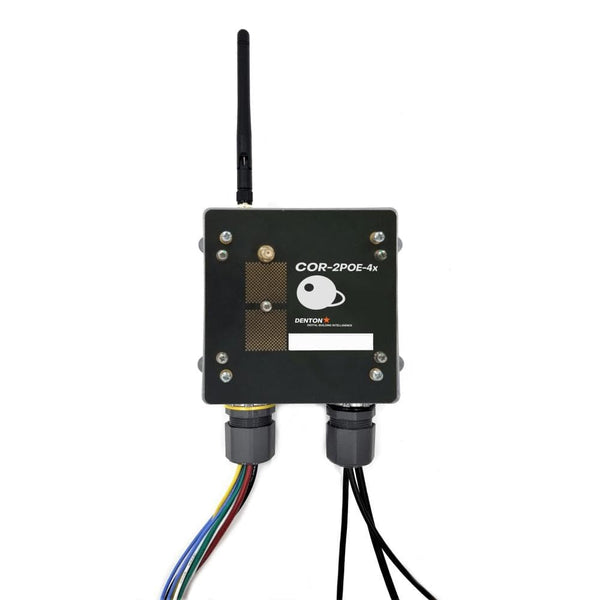The automotive industry has been revolutionized with the integration of smart and integrated solutions that are designed to improve the overall driving experience. One such area that is being extensively explored is the power distribution box (PDB). The PDB is essentially an electronic system that helps distribute power to various electrical components in the vehicle. It is a critical component of the automotive's electrical system, and any malfunction or failure can lead to disastrous consequences.

Today's modern PDBs require integrated circuit solutions that can handle power distribution efficiently, while also providing a host of other features to improve driver and passenger safety. At Texas Instruments (TI), we have been at the forefront of developing integrated circuits for PDBs that offer a host of features, such as LDOs, CAN and LIN in-vehicle networking, limp home functionality, and smart power switches.
A smart PDB or Smart Junction Box (SJB) is critical as it manages the various functions of a vehicle by routing power between the different electrical components of the car. By integrating LDOs (Low Drop-Out regulators), a PDB can eliminate most voltage drops that might happen in the electrical system. This helps improve the overall electrical efficiency of the car.
Another important feature in a PDB is CAN and LIN in-vehicle networking. CAN (Controller Area Network) is a communication protocol that enables real-time communication between different automotive components such as the engine, transmission, and brake systems. By integrating CAN technology into the PDB, the car's various systems can communicate with one another in real-time, which helps improves the car's overall performance.
LIN (Local Interconnect Network) is another communication protocol that is used in the PDB to provide an alternative to CAN. LIN is used for lower bandwidth applications that do not require the high-speed communication that is offered by CAN. By integrating LIN, the PDB can manage functions, such as power window control, sunroof control, and seat adjustments.
When it comes to safety features, the PDB's limp home functionality helps keep the car running even if certain systems fail. For example, if the alternator fails, the limp home mode can activate and reduce the electrical load on the battery, keeping the car running until you can reach a mechanic.
Finally, smart power switches are a vital component of the PDB as they regulate the flow of power to various electrical components within the car. Smart power switches enable the PDB to manage the power requirements of different components, thereby optimizing power consumption and improving the car's overall efficiency.
In conclusion, the PDB and SJB systems are a critical component of the automotive industry. They help distribute power to the electrical components of the car, while also providing safety features, such as limp home functionality. At Texas Instruments, we specialize in providing integrated circuits that provide a complete PDB or SJB system design, including LDOs, CAN and LIN in-vehicle networking, limp home functionality, and smart power switches. Our solutions are designed to provide optimal performance, safety, and reliability for various automotive applications. So, if you are looking for smart and integrated solutions for your power distribution needs, look no further than Texas Instruments.